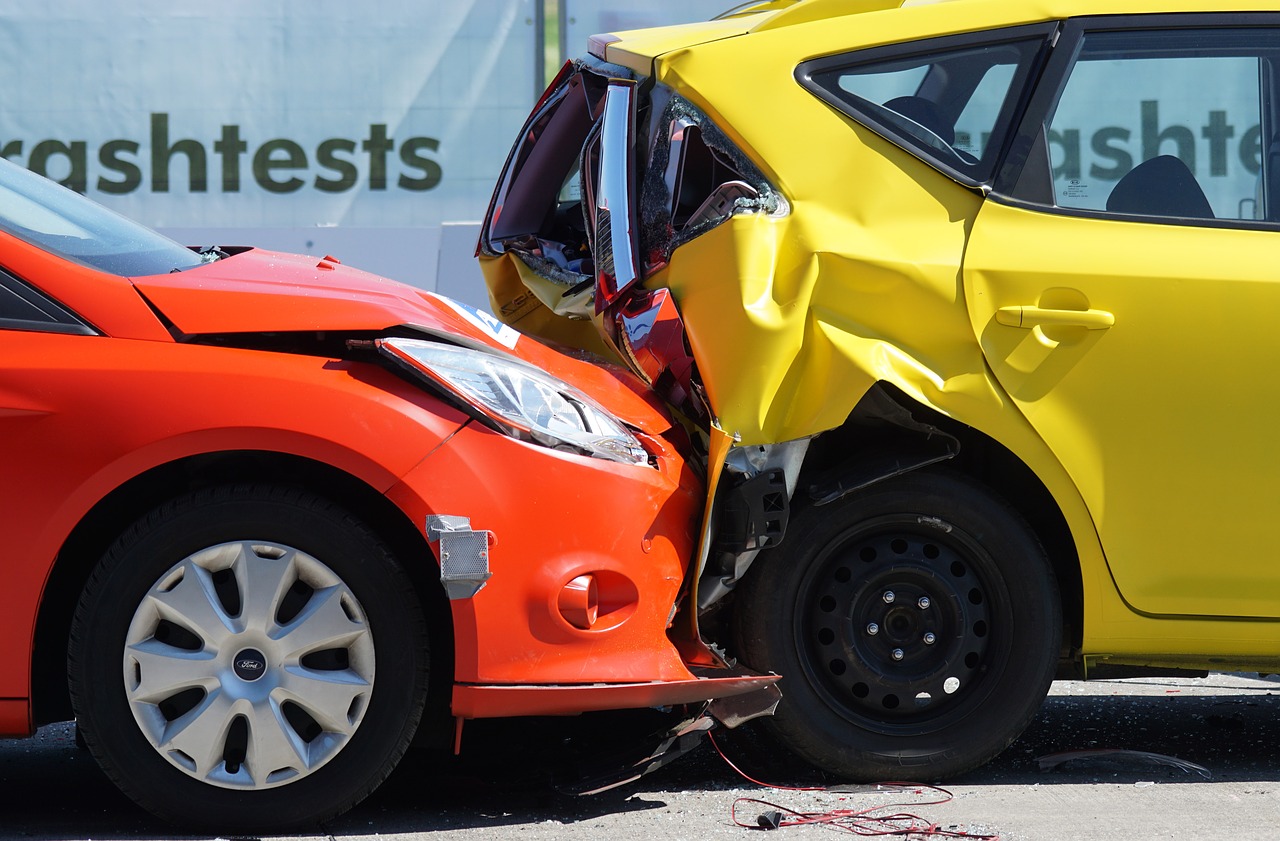The sudden jolt of impact, the screech of brakes, and the unmistakable sensation of being rear-ended – it’s a situation that can leave even the most seasoned drivers feeling shaken and uncertain. If you find yourself in the unfortunate position of being rear-ended, it’s crucial to know how to respond calmly and effectively. From ensuring your safety to protecting your legal rights, here’s a step-by-step guide on what to do in the aftermath of a rear-end collision.
1. Prioritize Safety
Immediately after the collision, prioritize your safety and the safety of others involved. If your vehicle is still operational, move it to a safe location away from traffic, if possible. Turn on your hazard lights to alert other drivers to the accident scene. Check yourself and any passengers for injuries and call emergency services if medical attention is needed.
2. Exchange Information
Exchange information with the other driver(s) involved in the accident. Obtain their name, contact information, driver’s license number, insurance details, and vehicle registration information. Be sure to provide your own information as well. If there are any witnesses to the accident, ask for their contact information as their testimony may be valuable later on.
3. Document the Scene
Documenting the scene of the accident can provide crucial evidence for insurance claims and legal proceedings. Take photographs of the vehicles involved, including the damage sustained and the surrounding road conditions. Note any relevant details such as the time and location of the accident, weather conditions, and traffic signs or signals.
4. Seek Medical Attention
Even if you don’t immediately feel injured, it’s essential to seek medical attention as soon as possible after a rear-end collision. Some injuries, such as whiplash or concussions, may not manifest symptoms until hours or days later. A thorough medical evaluation can identify any hidden injuries and ensure you receive appropriate treatment.
5. Notify Your Insurance Company
Report the accident to your insurance company as soon as possible. Provide them with accurate and detailed information about the collision, including the other driver’s information and any documentation or photographs you’ve gathered. Cooperate fully with their investigation and follow their instructions regarding the claims process.
6. Consult with a Personal Injury Lawyer
If you’ve been injured in a rear-end collision due to another driver’s negligence, it’s advisable to consult with a personal injury lawyer. An experienced attorney can assess the circumstances of the accident, evaluate your legal options, and advocate on your behalf to pursue compensation for medical expenses, lost wages, pain and suffering, and other damages. There are specialist rear-end car accident attorneys in Myrtle Beach, Houston, Los Angeles, or any city you live in.
Being rear-ended can be a disorienting and stressful experience, but knowing how to respond calmly and methodically can make a significant difference in the aftermath. By prioritizing safety, exchanging information, documenting the scene, seeking medical attention, notifying your insurance company, and consulting with a personal injury lawyer, you can protect your rights and take proactive steps toward recovery. Remember, you’re not alone – support and assistance are available to help you navigate the challenges of a rear-end collision and move forward with confidence.


